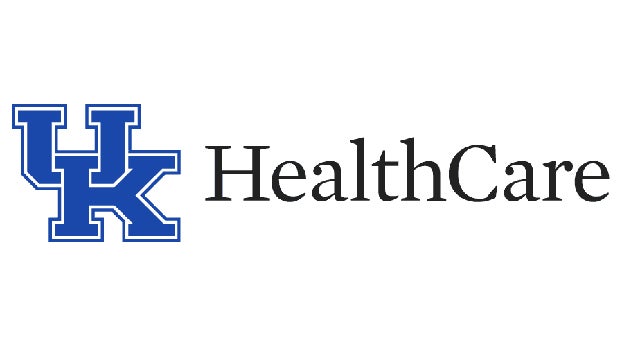Feed high-quality forage to boost animal performance
Published 9:09 am Tuesday, April 18, 2017
The ultimate test of forage quality is animal performance. Producing high quality forages is vital to improved animal performance, whether your goal is more pounds of milk, a higher rate of gain, increased wool production or an improved conception rate.
Forages provide a major percentage of the nutrients for beef and dairy cattle, sheep and goats, horses and ruminant wildlife. If the quality isn’t right, you can’t feed animals enough forage to achieve production goals.
Forage quality is defined as “the extent to which a forage, whether pasture, hay or silage, has the ability to produce the desired animal response.”
While many factors affect forage quality, the stage of maturity at harvest is the single most important consideration. It also is the one over which producers can make the most progress. Protein content, digestibility and acceptability to livestock drops as legumes and grasses move from the vegetative, or leafy, stage to the reproductive, or seed, stage. For instance, grasses may contain more than 30 percent protein at the immature, leafy stage, but drop to less than eight percent protein when they mature.
Because we have considerable variation in quality among the various forage species, choosing plant species is another important factor in producing high-quality forages. Generally, legumes are higher quality than grasses. Cool season grasses usually are more digestible than warm-season grasses. Plant breeders continue to improve forage quality within species, so variation also exists within species among varieties.
In addition to forage quality, producers need to consider animals’ nutritional needs and match the quality to these needs. For example, a high-producing dairy cow needs a higher quality feed than a dry, pregnant beef cow. Palatability, intake, digestibility and nutrient content are among these considerations.
Palatability is a measure of acceptability by animals when offered free choice. In general, high-quality forages are more palatable. Forages must be palatable for animals to consume enough to meet their daily needs. Research has shown that animals tend to eat more of the better quality forages.
Digestibility also improves with forage quality. Animals may digest 80 to 90 percent of immature, leafy grasses but only 50 percent or less of mature material with lots of stems. High quality forages have significant amounts of protein, energy, vitamins and minerals, but are low in undesirable contents such as fiber and lignin.
For more information, contact the Boyle County Cooperative Extension Service.
Educational programs of the Kentucky Cooperative Extension Service serve all people regardless of economic or social status and will not discriminate on the basis of race, color, ethnic origin, national origin, creed, religion, political belief, sex, sexual orientation, gender identity, gender expression, pregnancy, marital status, genetic information, age, veteran status, or physical or mental disability.
Jerry Little, County Extension Agent for Agriculture/Natural Resources





